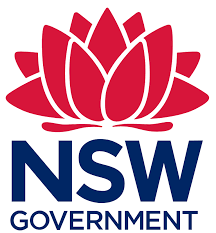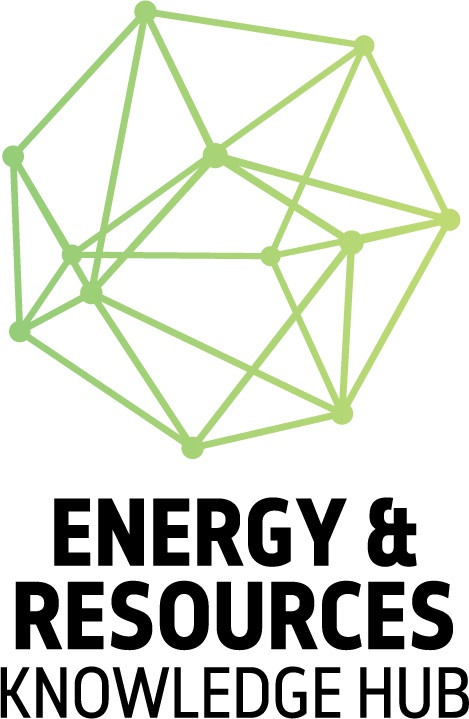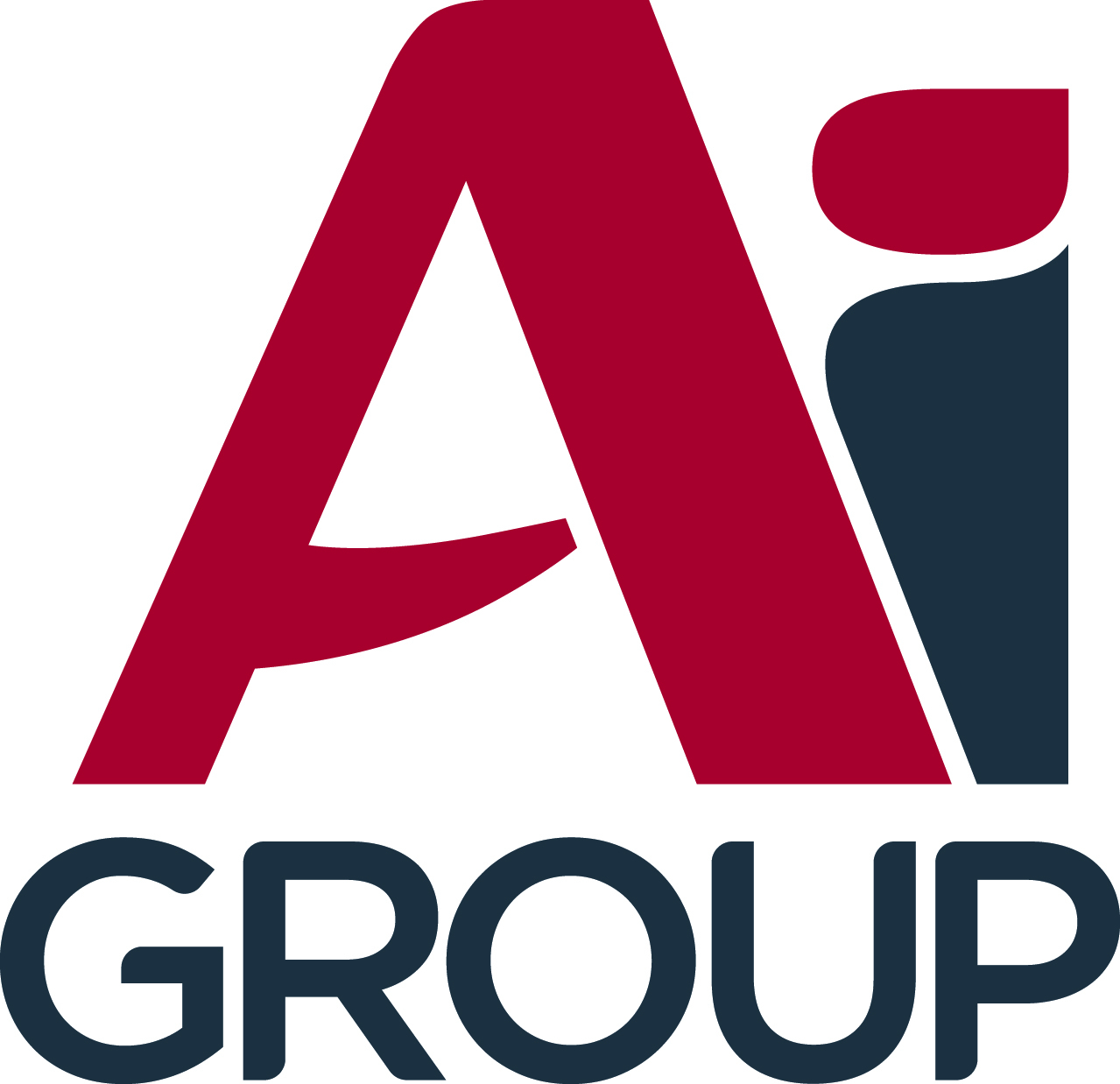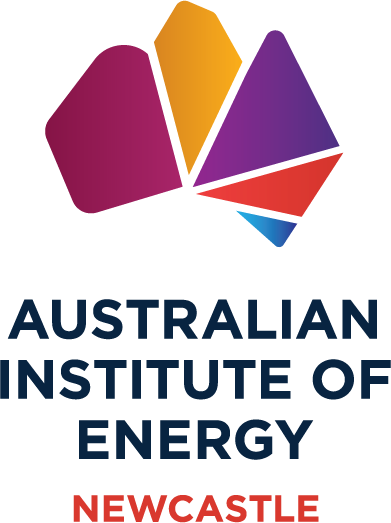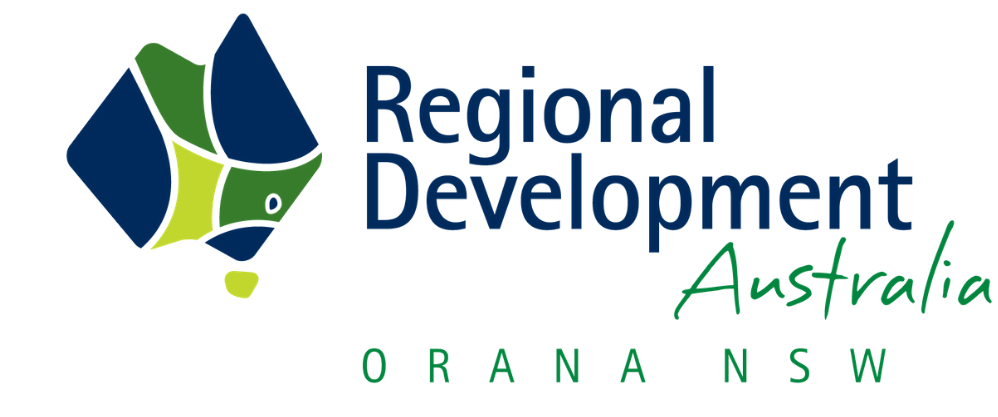CSIRO: New build energy costs rise across the board but renewables remain best investment
A consultation draft of CSIRO and AEMO’s annual GenCost report shows that while renewables remain the cheapest new-build electricity, technology costs are surging across the energy and resources sector.

CSIRO’s annual GenCost report, released today as a draft for public consultation, has found technology cost increases averaging 20 per cent for new-build electricity generation in Australia.
Despite these cost increases, the report remained consistent with previous years, showing that renewables (onshore wind and solar PV) remain the lowest cost technologies.
GenCost is an annual collaboration between national science agency CSIRO, and the Australian Energy Market Operator (AEMO), taking input from industry stakeholders to update electricity generation, storage and hydrogen production costs.
The 2022-23 consultation draft examines a range of future scenarios to analyse global technology deployment and associated costs for each pathway.
Modelling released today found that global supply chain constraints and inflation have placed upward pressure on technology costs following the COVID-19 pandemic.
Rises, as low as 9 per cent for solar PV and up to 35 per cent for wind, were not uniform due to variations in material inputs and exposure to freight prices.
Modelling suggests that the inflationary cycle is likely to peak in 2022 and 2023, returning to normal cost levels by 2027.
CSIRO Chief Energy Economist Paul Graham said: “Innovation in electricity generation technology is a global effort that’s strongly linked to climate change policy ambitions.”
“Technology costs are one piece of the puzzle, providing critical input to electricity sector analysis. To limit emissions, our energy system must evolve and become more diverse.”
The 2022-23 consultation draft found that renewables are the fastest growing energy source globally, led by wind and solar.
The updated analyses also found that:
- The role of electricity is expected to increase materially over the next 30 years. Electricity technologies present some of the lowest cost abatement opportunities.
- Batteries have a large future role supporting variable renewables alongside other storage and flexible generation options and in growing electric vehicle deployment.
- Cost projections for nuclear small modular reactors (SMR) begin from 2030 since there is no prospect of a plant being deployed in Australia before this time. As global distribution of nuclear SMR increases, significant cost reductions are expected. However, based on current projections, renewables (onshore wind and solar PV) remain the lowest cost technologies.
AEMO’s Executive General Manager System Design, Merryn York, said: “The annual process to update electricity generation, storage and hydrogen technology cost trajectories is incredibly valuable as we plan for an accelerated transformation of the National Electricity Market.”
“It has been an important collaboration between AEMO and CSIRO that has been critically supported by strong stakeholder engagement over the years.
“The GenCost project assists us, and industry stakeholders, to together identify the assets needed to efficiently achieve a secure, reliable and, importantly, an affordable electricity supply for consumers into the future,” she said.
The final GenCost report will be delivered mid-2023.




